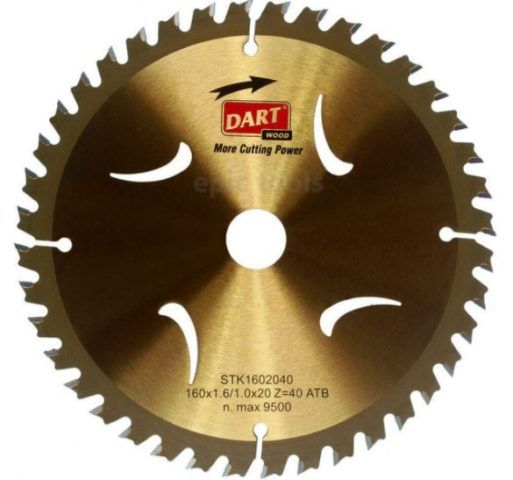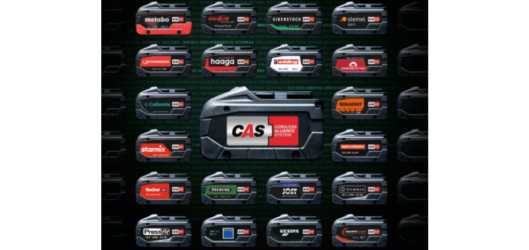
DART TOOL GROUP: Choosing the correct tooth count

A blade with as few as 14 teeth cuts quickly, but roughly. These blades tear through even the thickest stock with ease, but their use is limited. If you try to cut thin sheet goods with a blade that has fewer than 24 teeth, you’ll pulverise the material.
A general framing blade has 24 teeth and gives a pretty clean rip cut but a rougher crosscut. If you’re framing with 2x stock, where precision and cleanness of cut are secondary to speed and ease of cut, it might be the only blade you’ll need.
A 40-tooth blade works fine for most cuts through plywood. Blades with 60 or 80 teeth should be used on veneered plywood and melamine, where the thin veneers are likely to blow out on the underside of the cut, a characteristic known as tear-out. MDF requires even more teeth (90 to 120) to get the cleanest cut.
[embed]https://www.youtube.com/watch?time_continue=3&v=vzVDot-LctU[/embed]
Dart Tool Group is exhibiting at Torque-Expo Coventry 2018.
IRWIN

The laser-cut circular saw blades provide a professional finish for fine woodworking that both woodworkers and carpenters demand. Key features include:
- A strong carbide material for three times longer life.
- For a clean and smooth cut, the blade features a special PTFE coating with aluminium flakes to help dissolve heat.
- An enhanced finish thanks to the Triple-Chip Grind tooth.
- A laser cut body for straighter, cleaner cuts and accuracy.
- Can fit in mitre saws and table saw machines.
TRUMPF

The new cordless TruTool models – including shears, slitting shears, nibblers, profile nibblers, seam lockers and power fasteners – also incorporate the TRUMPF battery-optimised aluminium gear head which, in combination the other new features, provide up to 60% longer run time after each full charge. Alongside its conventional 10.8V products, the new 18V models give fabricators, builders and HVAC engineers an extended choice that allows, for example, the cordless cutting of sheets from 2mm to 2.5mm.
This article was originally published in Torque’s Digital January issue. Subscribe, for free, here.



